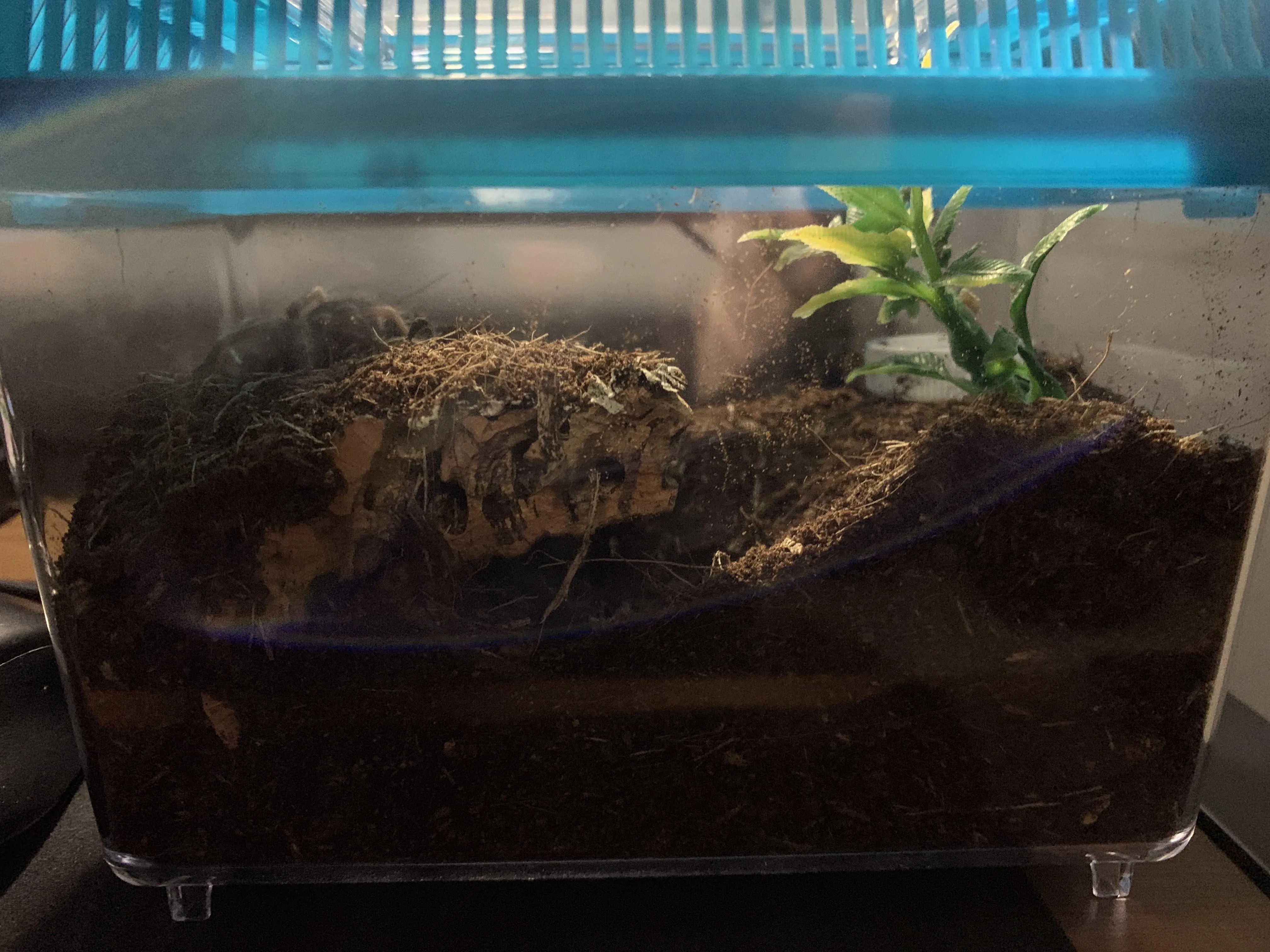The Importance of Proper Tarantula Enclosure Size
Choosing the right enclosure size is one of the most crucial aspects of tarantula care. It significantly impacts your pet’s well-being, influencing everything from its physical health and molting success to its overall behavior and happiness. A properly sized enclosure provides adequate space for the tarantula to move, hunt, and establish a comfortable territory, mimicking its natural habitat as closely as possible. Conversely, an enclosure that is too small can lead to stress, behavioral issues, and even health problems, while one that is too large might make it difficult for the tarantula to find food or feel secure. Therefore, understanding the ideal size requirements is essential for responsible tarantula ownership, promoting a long and healthy life for your eight-legged friend.
Why Size Matters for Tarantula Health
The enclosure’s dimensions directly influence the tarantula’s health. A cramped environment restricts movement, which can lead to muscle atrophy and other physical issues. Moreover, it can also cause stress, weakening the immune system and making the tarantula more susceptible to diseases and parasites. Stress can manifest in various ways, including loss of appetite, hiding behavior, and erratic movements. Conversely, an enclosure that is too large can also pose challenges. Young tarantulas, especially, might feel overwhelmed in a vast space, leading to feeding difficulties or difficulty locating prey. A properly sized enclosure provides a balanced environment, promoting physical and psychological well-being, and allowing your tarantula to thrive. This balance is crucial for their long-term health and vitality.
Impact of Enclosure Size on Molting
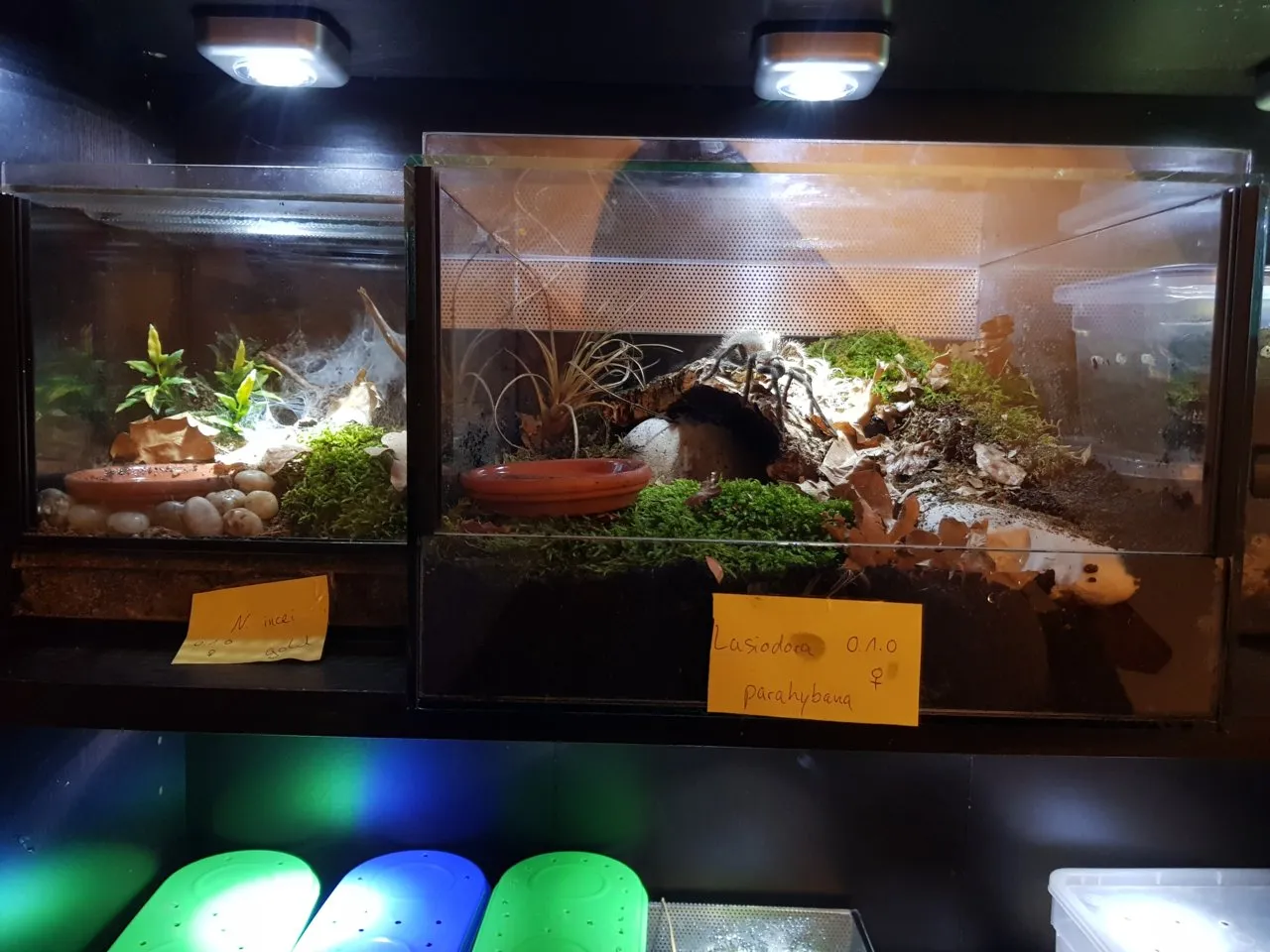
Molting is a critical process for tarantulas, during which they shed their exoskeleton to grow. The enclosure size plays a vital role in successful molting. A correctly sized enclosure offers the space needed for the tarantula to maneuver during molting, which can be a vulnerable time. The tarantula usually flips onto its back during the process. A cramped enclosure could hinder this process, potentially leading to a failed molt, which can be fatal. Moreover, the environmental conditions within the enclosure, such as humidity and temperature, are easier to regulate and maintain in a properly sized space, contributing to a successful molt. Providing the right conditions minimizes the risk of complications and ensures your tarantula can successfully shed its old exoskeleton to reveal a new, healthy one. Improper molting can lead to deformities or death, so enclosure size is key.
Fact 1 Ideal Enclosure Size Depends on Species
Different tarantula species have varying requirements for enclosure size, based on their size, activity level, and natural behaviors. A crucial first step in selecting the right enclosure is researching the specific species you intend to keep. Some species are known to be more active and require more space to roam, while others are relatively sedentary. Understanding your tarantula’s species-specific needs allows you to create an environment that mirrors its natural habitat and encourages its natural behaviors. For instance, fast-growing species will need more space than slower ones. Failing to accommodate these variations can lead to stress and other health problems. Consulting online guides, experienced keepers, or breeders can offer valuable insights into the size requirements for your chosen species.
Terrestrial Tarantula Enclosure Size
Terrestrial tarantulas, which live primarily on the ground, require enclosures that are wider than they are tall. The general rule of thumb is that the width should be at least two to three times the tarantula’s leg span, and the height should be sufficient to allow for adequate substrate depth, typically around 2-6 inches, depending on the species and the ability to burrow. For example, a fully grown terrestrial tarantula with a leg span of 6 inches would ideally need an enclosure that is 12-18 inches wide. The enclosure should provide ample horizontal space for the tarantula to move around and establish its territory. The substrate should provide the right conditions to allow burrowing. Considerations should be made for the growth rate of the tarantula, as they will outgrow their enclosures as they grow.
Arboreal Tarantula Enclosure Size
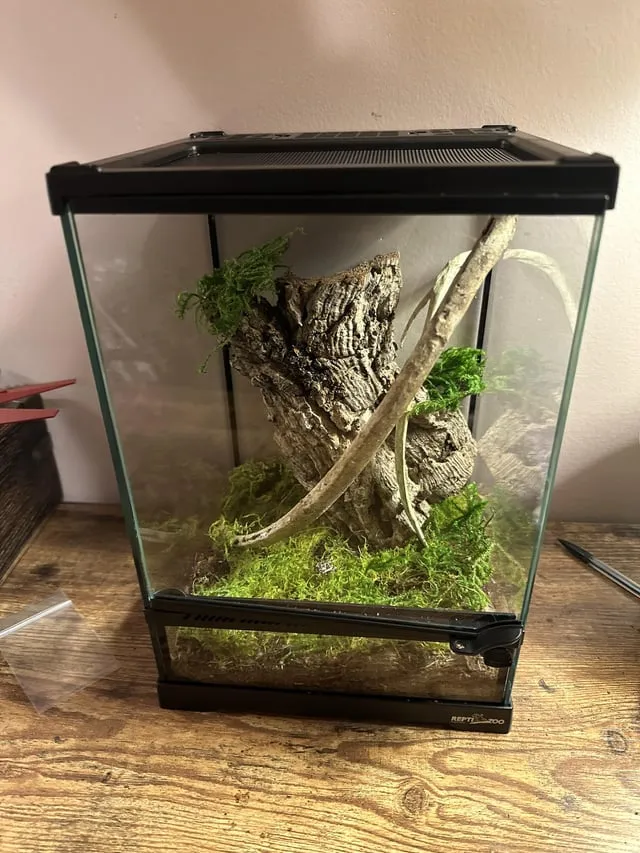
Arboreal tarantulas, which are adapted to living in trees, need enclosures that are taller than they are wide. They require ample vertical space for climbing and web-building. The enclosure height should be at least two to three times the tarantula’s leg span, with the width being proportionate. A vertical layout allows them to establish their web structures and climb. Include branches, cork bark, or other climbing structures to give the tarantula climbing opportunities. For instance, a mature arboreal tarantula with a 6-inch leg span would need an enclosure that is 12-18 inches tall and proportionally wide. It is critical to provide sufficient height for their web-building habits. These tarantulas are known to be more active climbers than terrestrial species, and the enclosure should provide plenty of room to explore the vertical space.
Fact 2 Ventilation is Key for Enclosure Success
Proper ventilation is essential for maintaining a healthy environment within the tarantula’s enclosure. It prevents the buildup of stagnant air, which can lead to mold growth, respiratory issues, and other problems. Adequate airflow also helps regulate humidity levels, another crucial factor in tarantula care. Poor ventilation can create an environment where pathogens thrive, endangering the tarantula’s health. The enclosure should have ventilation holes or a mesh top to facilitate airflow. The amount of ventilation required will vary depending on the species and the local climate, but a general rule is to provide sufficient airflow to prevent condensation from forming on the enclosure’s walls.
Proper Ventilation Setup
Effective ventilation systems often involve a combination of ventilation holes placed at strategic locations. Many keepers create cross-ventilation by placing ventilation holes on opposite sides of the enclosure, allowing air to flow through and circulate effectively. Mesh tops also provide adequate airflow, although they must be carefully monitored to ensure humidity levels are maintained. The size and placement of ventilation holes or mesh areas should be suitable for the size of the enclosure and the tarantula species. Avoid blocking ventilation holes with decorations or substrate, as this will impede airflow and potentially cause problems. Inspect the enclosure regularly to ensure that ventilation is effective and that there is no excessive condensation. The use of fans is usually not recommended.
Preventing Stagnant Air and Mold Growth
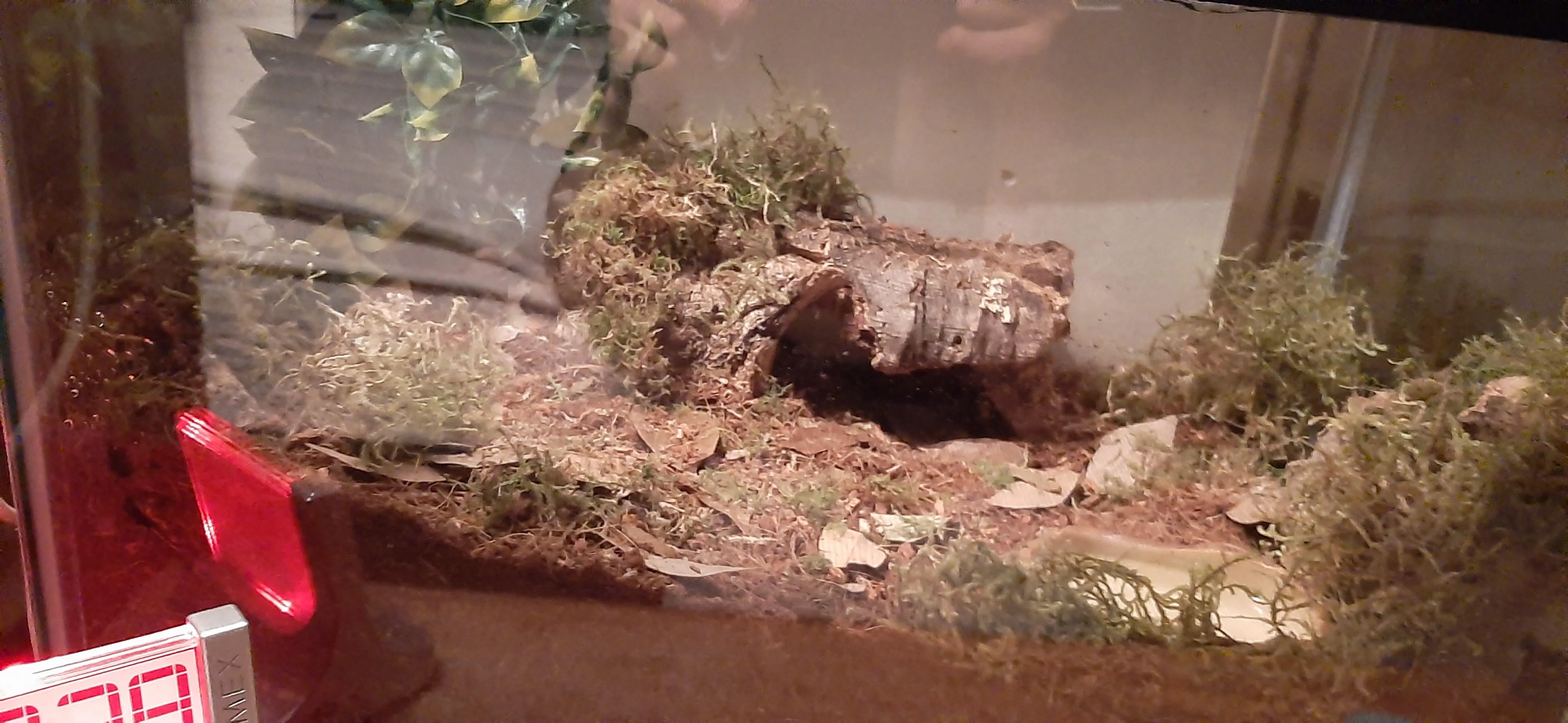
Stagnant air and mold growth can be detrimental to a tarantula’s health. Stagnant air promotes the growth of mold and other pathogens that can cause respiratory infections and other ailments. To prevent this, ensure the enclosure has adequate ventilation, which allows air to circulate freely. Avoid overwatering the substrate, as excessive moisture can encourage mold growth. Regularly check the enclosure for signs of mold and remove any affected substrate immediately. The right humidity is essential, but stagnant, overly humid conditions can be as dangerous as conditions that are too dry. Proper ventilation will help maintain a healthy balance of moisture and fresh air, making it easier to provide a safe environment for your tarantula. Cleaning the enclosure regularly is also important for removing waste and preventing the buildup of harmful substances.
Fact 3 Substrate Depth and Type Considerations
The substrate, or bedding, in your tarantula’s enclosure serves multiple purposes. It provides a comfortable surface for the tarantula, helps regulate humidity, and allows burrowing. The right depth and type of substrate are crucial for the tarantula’s well-being. The substrate type should be appropriate for the species and the tarantula’s natural behavior, mimicking its natural habitat as closely as possible. The depth depends on the species. Tarantulas that burrow in nature need a deep substrate for digging, while those that don’t burrow require a shallower layer. Improper substrate can cause injury or affect their ability to molt.
Substrate Depth for Burrowing Species
For burrowing tarantulas, the depth of the substrate is very important. It should be deep enough to allow the tarantula to construct a burrow of its preferred size. As a general guideline, the substrate depth should be at least as deep as the tarantula’s leg span, often even deeper. Some keepers recommend substrate depths of 6 to 12 inches or more, allowing the tarantula to feel secure and exhibit natural burrowing behaviors. A suitable substrate will be able to hold its shape, and maintain moisture. If the substrate is too shallow, the tarantula may not be able to burrow, which can lead to stress and affect its well-being. Ensure the substrate is packed firmly enough for the tarantula to build stable burrows, but not so compacted that it is difficult to excavate. The substrate should be replaced regularly to prevent the accumulation of waste and the growth of mold.
Recommended Substrate Types
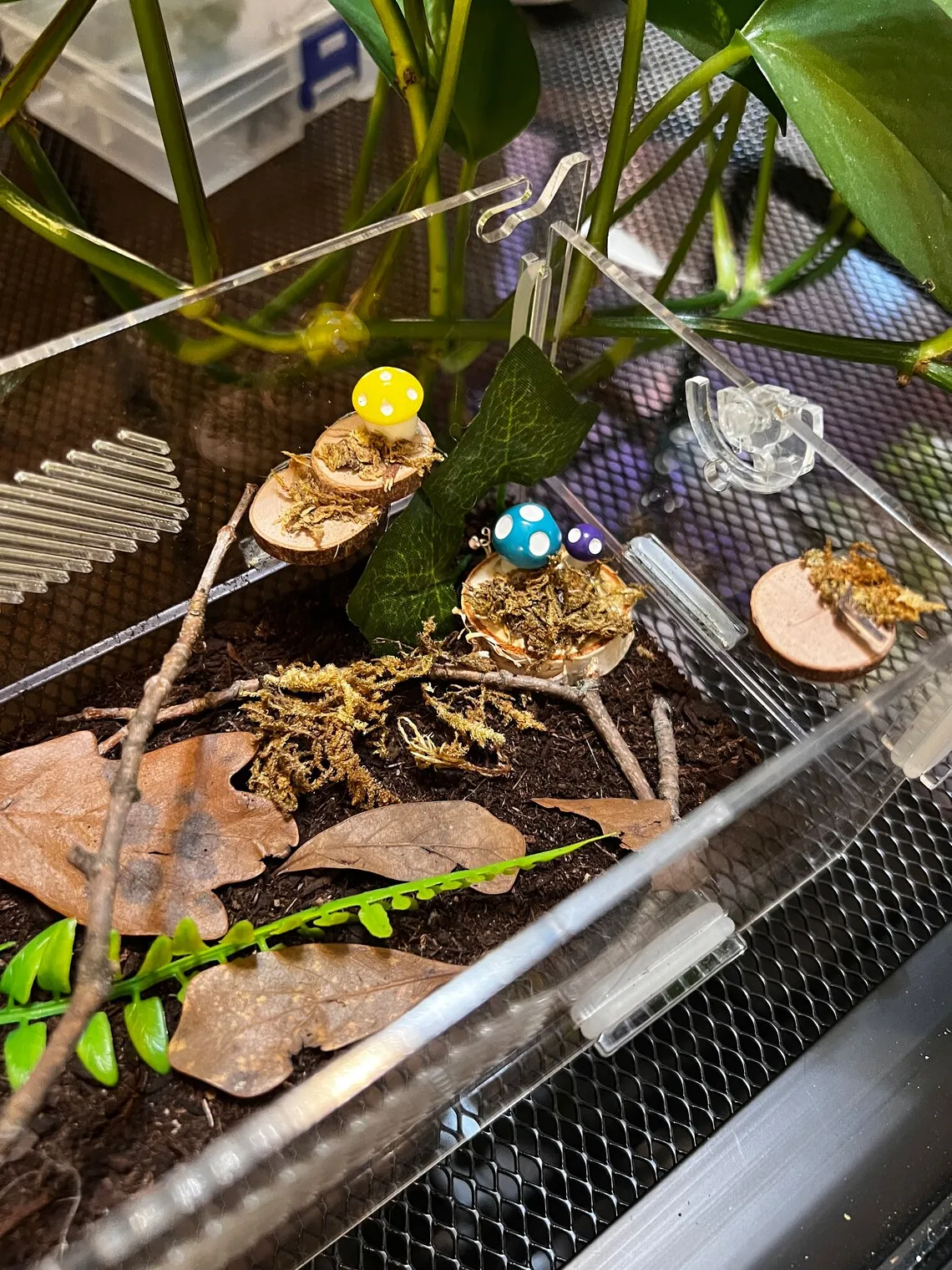
Several substrate types are suitable for tarantulas, each with its own advantages. The ideal substrate should hold moisture to regulate humidity and should not be toxic. Popular choices include: coco fiber (coconut coir), which is excellent at retaining moisture and is a great option for many species. Other choices are peat moss, which has similar properties to coco fiber, though it can be acidic. A mix of potting soil (without added fertilizers) and sand can also work well. For burrowing species, you can include a layer of sphagnum moss at the bottom for added moisture retention. Avoid substrates that are dusty, toxic, or that can potentially harm the tarantula. The substrate choice should align with the specific humidity and burrowing needs of your tarantula species. Regularly check the substrate and replace as needed.
Fact 4 Essential Enclosure Features
Beyond the enclosure size and substrate, several features are essential for creating a comfortable and stimulating environment for your tarantula. These features provide enrichment, promote natural behaviors, and contribute to the tarantula’s overall well-being. Proper setup will also make it easier to observe the tarantula, ensuring it is healthy and thriving. The right features also help to keep the environment safe and secure. Including the right features mimics the natural habitat of the tarantula and will benefit the tarantula in the long run.
Water Dish Placement
A water dish is a must-have feature in a tarantula enclosure. It provides a constant source of fresh water for the tarantula to drink. The water dish should be shallow enough to prevent drowning but large enough to allow the tarantula to easily access the water. It is also recommended to position the water dish in a stable location. Check and refill the water dish regularly to ensure the tarantula always has access to fresh water. Clean the water dish frequently to prevent bacterial growth or the buildup of debris. Consider using a small, stable dish made from a material that is non-toxic and easy to clean, such as ceramic or plastic. If keeping smaller tarantulas, you may need to use a shallow water source, like a bottle cap, to prevent drowning.
Hides and Decorations
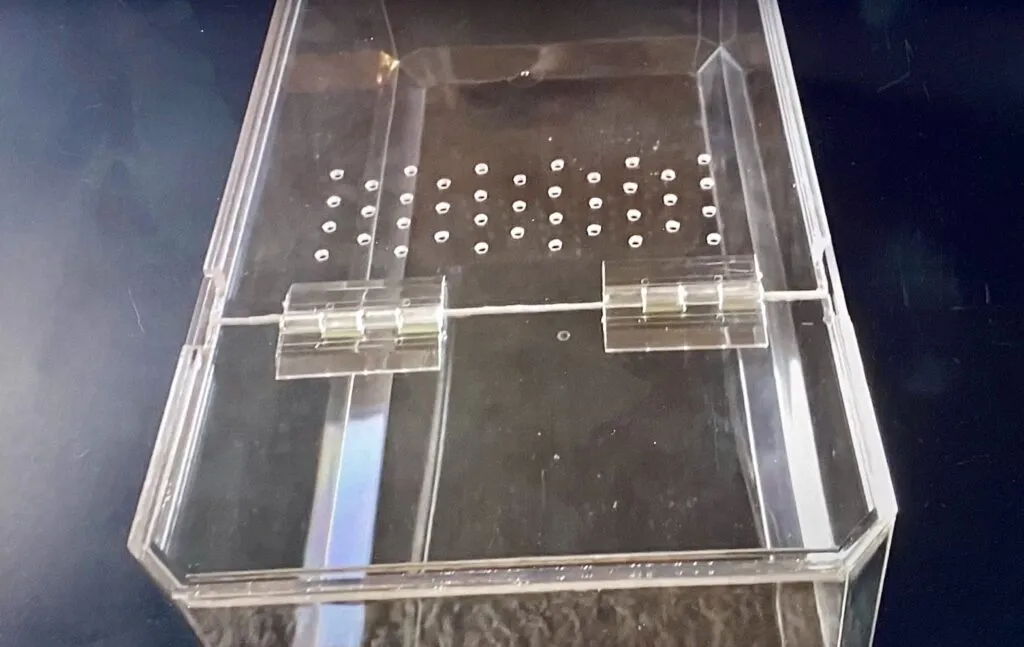
Tarantulas are often shy creatures, and they need places to hide to feel secure and reduce stress. Provide at least one hide, such as a piece of cork bark, a half-log, or a commercial hide specifically designed for tarantulas. Place the hide in a location that the tarantula can easily access and that allows it to feel safe. Additional decorations, such as artificial plants, branches, or rocks, can provide enrichment and make the enclosure more visually appealing. Be sure that any decorations are non-toxic, clean, and do not have sharp edges that could injure the tarantula. Avoid overcrowding the enclosure with decorations, as this can make it difficult for the tarantula to move around and may impede its ability to hunt or molt. Naturalistic decorations can also help the tarantula feel more at home.
Fact 5 Benefits of a Correctly Sized Enclosure
Choosing the right enclosure size for your tarantula will provide numerous benefits. It makes it easier to care for, observe, and interact with your pet. The right setup can promote the well-being and health of your tarantula. Correct setup will make it a better home for the long run.
Promoting Optimal Tarantula Behavior
A properly sized enclosure encourages natural behaviors in your tarantula. It provides ample space for movement, exploration, and web-building (for web-spinning species). When a tarantula feels secure and has enough space to express its natural instincts, it is less likely to experience stress, leading to a happier and healthier life. In an appropriate enclosure, tarantulas can exhibit hunting behaviors, burrowing, and other activities characteristic of their species. These natural activities are crucial for the tarantula’s physical and psychological well-being. A cramped or inadequate enclosure can restrict these behaviors and can cause behavioral problems. Providing an appropriate living space is an important aspect of responsible tarantula care, as it will contribute to their overall well-being.
Easier Maintenance and Observation
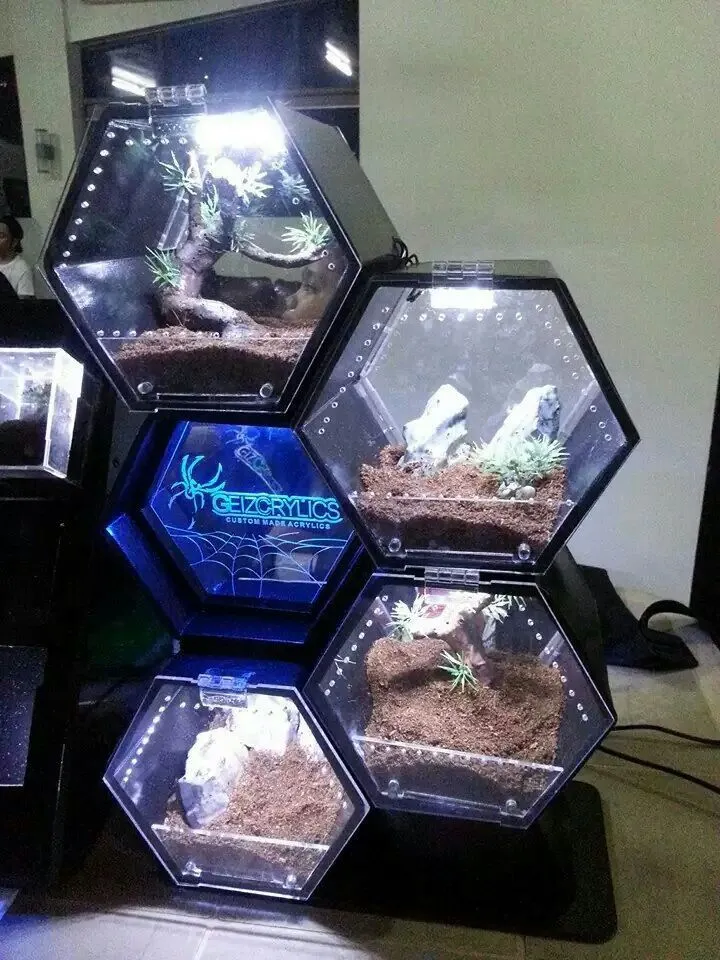
A correctly sized enclosure also makes it easier to maintain and observe your tarantula. You can easily clean the enclosure, remove uneaten prey, and monitor the tarantula’s health and behavior. Overly large enclosures can make it difficult to find the tarantula, particularly in the early stages, making it challenging to observe and assess its condition. A well-sized enclosure allows for better temperature and humidity control, helping you create a stable and healthy environment. Regular observation is crucial for detecting any health issues or changes in behavior. A properly sized enclosure simplifies this process and allows you to be a better caretaker for your tarantula. This also facilitates the overall health of the tarantula, giving it an ideal environment to live.
